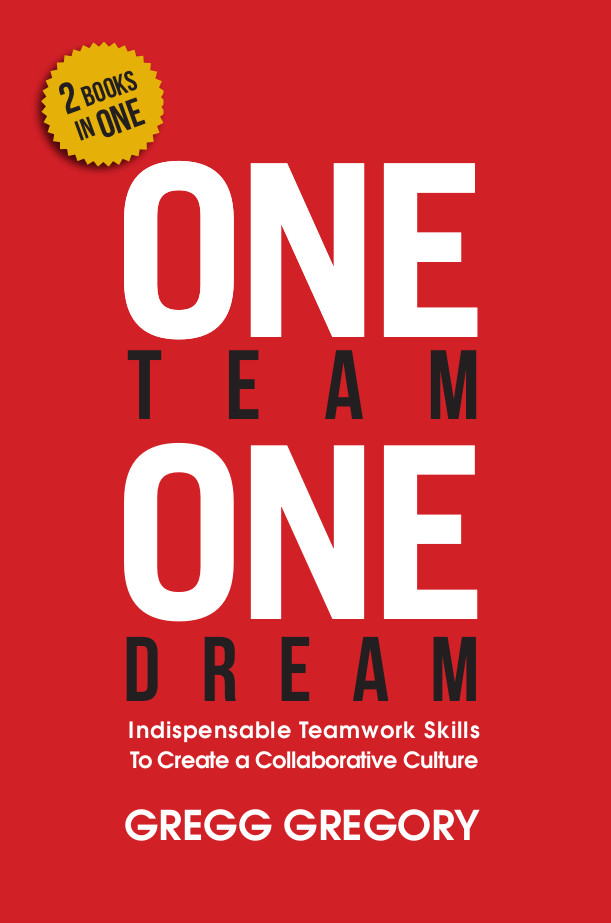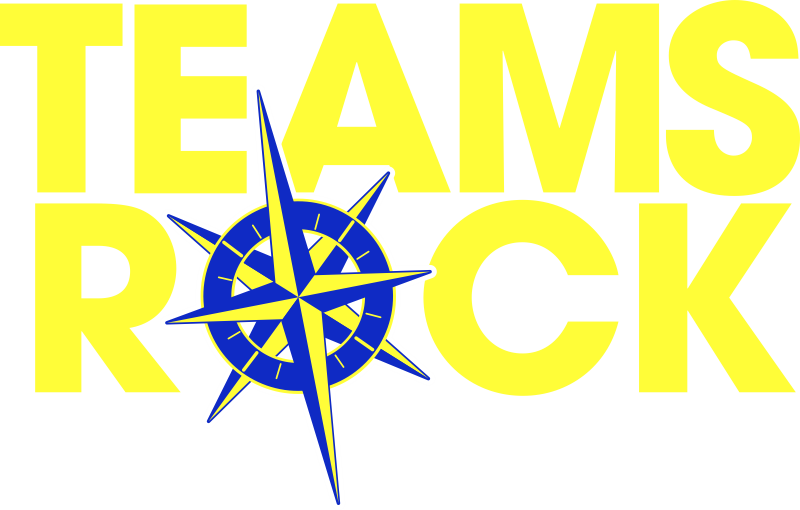Geri led a high-achieving help desk team with members who were all very good at their respective jobs and who seemed to get along. Trouble was brewing, though, and she knew it. She had overheard Steve talking about another team member. “Harry is great at solving network connection problems – and that’s about all he’s good at,” Steve had said.
She worried that his backhanded compliments were affecting the cohesion and development of her team. It was also easy to notice that Steve didn’t participate in the team meeting each morning, preferring to sit away from the conference room table and sometimes tapping away on his smartphone rather than paying attention, often with a smirk on his face.
Was he becoming a problem employee, or was it a minor issue that she could resolve?
Geri’s concern was justified – Steve’s behavior, while not unusual in corporate environments, might detract from the team’s performance overall. Steve exhibits a personality that I call “the fox” – he tends to stay back out of the way, observing the activity in meetings and getting a good read of the team landscape before making comments or taking action. This can be beneficial; a “fox” personality can spot patterns and head off problems before anyone else on the team does. It has its downsides, too – as shown in Steve’s passive-aggressive interactions with other team members.

Foxes can be difficult to draw out into the open and they won’t stick around long if they feel threatened. Likewise, a fox-type team member may be reluctant to speak up around others and may prefer to voice critical or negative opinions one-on-one, without risking a confrontation.
Geri decided to try and boost Steve’s confidence about speaking up in meetings, without singling him out or confronting him about his non-participation in the past. In the next morning’s meeting, she brought up a help desk procedure that the team was working to improve. “Steve, last week you helped a client install some software and you did it in just two-thirds the time that it normally takes. Can you talk about how you accomplished that?”
By inviting Steve into the conversation and allowing him to share his newly gained expertise, Geri was able to get him refocused on working toward team goals, rather than coasting along unseen. While she didn’t call on him every day, she made it a point to get his feedback in the meeting at least once a week. Within a short time, Steve was sitting straight at the conference room table, ready to participate.
Take a team’s individual personalities into account when tackling performance issues and you will likely find the key that unlocks an employee’s desire to achieve.
 Excerpted from One Team, One Dream by Gregg Gregory For more information, get your copy of Gregg’s book, One Team, One Dream today! Available in both print and electronic versions!
Excerpted from One Team, One Dream by Gregg Gregory For more information, get your copy of Gregg’s book, One Team, One Dream today! Available in both print and electronic versions!
Bring Gregg to you!
Featured team development seminar – Synchronize Your Team


Leave A Comment